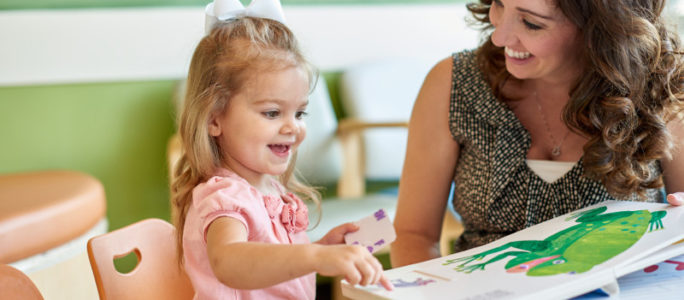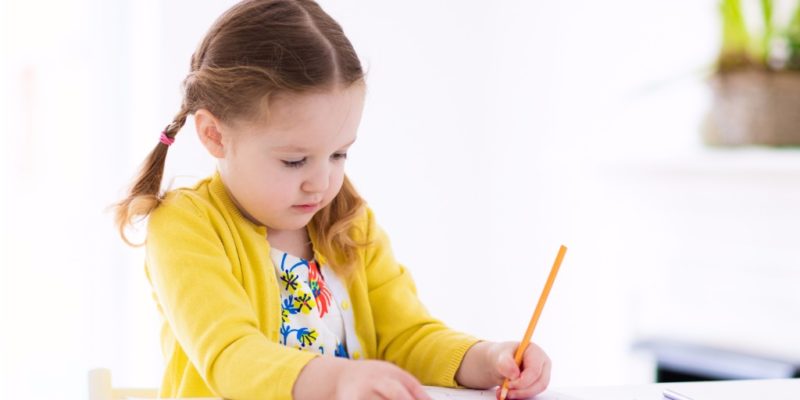Word has gotten out about the benefits of reading to children, which is very exciting. Snuggling up with a good book and reading to them often happens so easily, it probably feels like second nature.
But our latest research, which was recently published in the journal PLOS ONE, shows that there may be a way to get even more out of it.
Enhancing how you read to your children – making it more interactive rather than simply reading the words aloud – has the potential to significantly improve their development of literacy and comprehension skills.
We saw evidence of this in a recent study involving functional magnetic resonance imaging (fMRI) scans of 22 four-year-old girls as their mothers read to them. The girls whose mothers read in a more interactive way had significantly greater brain activation in the cerebellum during story listening. This area of the brain is involved with skill acquisition and learning, which we suggested might “turbocharge” the development of literacy skills and comprehension.
These findings underscore the importance of interactive reading to kids, a method called “dialogic reading.” While variations on dialogic reading have been around for decades, our study provides evidence that this higher level of child engagement during reading seems to increase activity and connections in the brain to help process what’s going on.
So what exactly is dialogic reading, and how can you implement it at home?
HOW TO IMPLEMENT DIALOGIC READING
The dialogic method takes reading from passive listening to a two-way exercise where there is back-and-forth dialogue between kids and parents. The book is simply a tool, or catalyst, that gets the conversation going. The acronym for types of prompts used in the dialogic method is CROWD:
C is for completion. You say, the cow jumped over the _______. And the child completes the sentence.
R is for recall. This is where you stop during your reading and ask your kids to recall what happened earlier in the book. Who remembers why Llama Llama stayed home from school?
O is for open-ended questions. Ask, so why do you think the dog was laughing?
W is for asking “wh” questions. What is that? Where is it going? Why do you think it’s going there?
D is for distancing. Relate what’s happened in the story to your kids’ lives. Do you see that cow? Do you remember when we saw a cow at the farm yesterday?
Our research shows the value of making story sharing a genuine conversation about the book, rather than getting through the story as quickly or efficiently as possible. Take your time and have fun! Utilize CROWD prompts to get the conversation going, and welcome your children’s questions when they have them! The more engaged your children are, the more they are learning and having fun while doing it.
So grab a book, snuggle up, and get talking!



